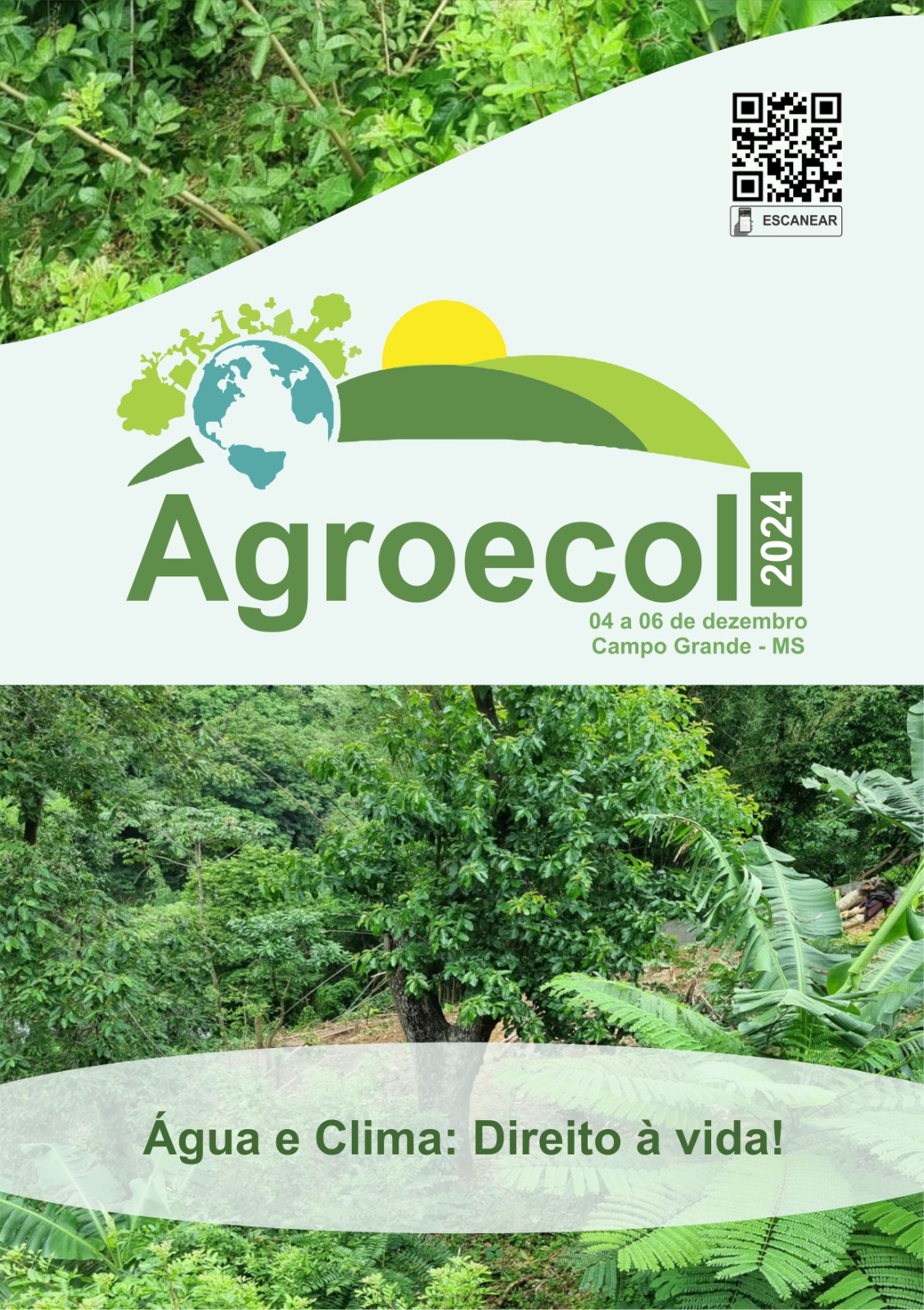Importance of agroforestry backyards in the Pulador colony, Pantanal of Mato Grosso do Sul
Keywords:
Biodiversity, Traditional knowledge, Residential gardens, Food plants, Medicinal plantsAbstract
The aim of this study is to identify the diversity of plant species found in the residential backyards of Colônia Pulador (Anastácio, MS), analyzing and comparing the most frequent types of plants, considering data from residents (age, gender, length of residence) and their medicinal, ornamental, food and ritualistic uses. The plants reported in the study belong to 67 species and 41 botanical families, with Anacardiaceae, Fabaceae, Lamiaceae and Rutaceae being the most representative. Food plants are the most used, with 40 species described, followed by medicinal plants (20 species), ornamental plants (8 species) and plants used for ritualistic purposes (4 species). This knowledge is related to the gender and age of the interviewee and suggests a relationship with the length of residence in the area. Colônia Pulador has a high diversity of plants and understanding their applications is crucial for preserving the cultural heritage and safeguarding the wide variety of uses of plants in residential environments.
Downloads
Published
Issue
Section
License
Copyright (c) 2024 Iverson Morais Gomes, Reinaldo Farias Paiva de Lucena, Camila Aoki

This work is licensed under a Creative Commons Attribution-ShareAlike 4.0 International License.


